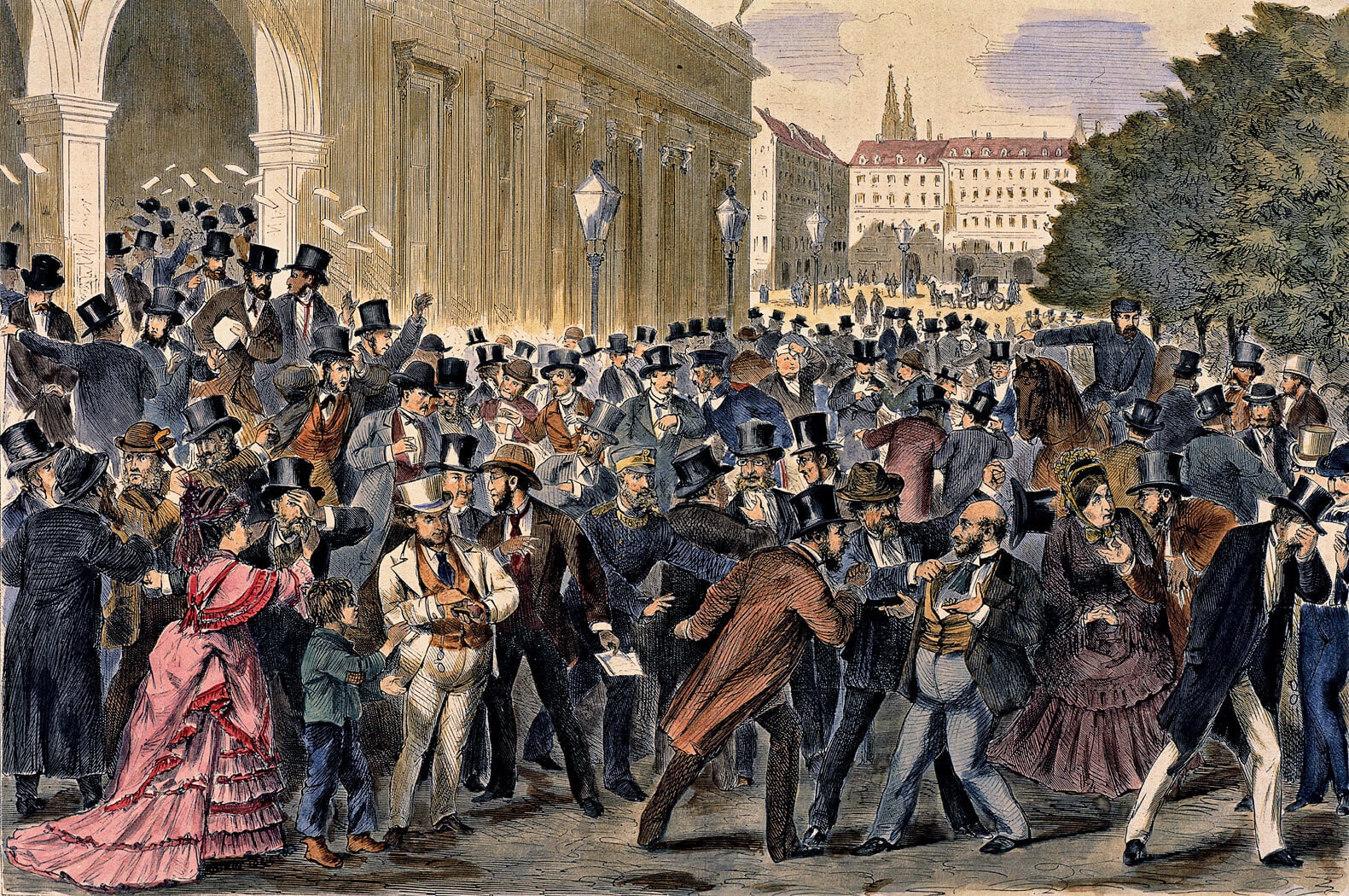A brief history of gold

Stay up to date:
Modern Mining
Investors will be closely monitoring today’s US Federal Reserve meeting for clues on when the country will start raising short-term interest rates. It’s just one of many recent developments to blame for the slump in gold prices. Although prices did stabilize slightly on Tuesday, after reaching a five-year low of $1,085.50 at the end of last week, industry experts still can’t decide whether the worst is yet to come. “Until the Fed provides some clarity on Wednesday, it’s difficult to say that we’ve hit a floor,” an analyst from ING told journalists.
Price of gold, 2007-2015
Gold’s three pillars – its value as a currency, commodity and safe-haven asset in uncertain times – mean outside events regularly influence its price, as the timeline below shows.
1998: The United Kingdom announces plans to start selling off the country’s gold supply, sending prices tumbling to a 20-year low. Britain sells part of its gold reserve for between $256 and $296 an ounce.
1999: In August, fears that other central banks will start selling off their gold reserves push prices down to $251.70. By October, prices are back up to a two-year high of $338, after 15 European central banks sign the Washington Agreement on Gold, pledging to limit their gold sales.
2001: On September 12 – the day after the 9/11 terrorist attacks – gold prices leap up by $15.50 to $287 an ounce, with investors worrying the events might be related to wider tensions in the Middle East.
2003: As the US prepares to invade Iraq, the price of gold reaches a six-year high of $367 an ounce.
2005: Towards the end of the year, the price of gold breaks the $500 barrier for the first time since 1987. Some analysts blame inflation in the US and concerns about the state of the global economy, although others discount these fears.
2006: Gold prices reach $730 an ounce in spring – the fastest one-month gain in 30 years – on the back of a weak dollar and a report from the International Atomic Agency that claims Iran is conducting a uranium enrichment programme.
2008: In September, turmoil in the stock markets sees the price of gold jump by $90 an ounce, a record one-day gain. At the same time, the dollar falls to a three-year low.
2009: In the wake of the global recession, gold breaks the $1,000 barrier. As economic uncertainty grows, so too does demand for the precious metal, and prices continue to rise, reaching $1,200 by the end of the year.
2011: Geopolitical uncertainty sends the price of gold skyrocketing. This was the year of the Arab Spring, Western military intervention in Libya, strikes in Greece, riots in the UK and the continuing Eurozone crisis. A record high comes in September, when gold peaks at $1921.17 per ounce.
2012: A year after its all-time high, the price of gold stands at $1,690. Analysts blame the dip on the Fed’s desire to wind down quantitative easing; panic selling drives the price down even further.
2013: By the end of the year, gold prices have fallen 23%, the largest annual decline since 1981. Analysts put the drop down to expectations that the Federal Reserve will cut its bond-purchase programme, along with a more favourable economic climate, which drives investment in equities instead.
2014: The price of gold continues to fall, but stays within a relatively narrow range of around $1,150 to $1,400.
2015: With a strengthening US dollar, a new bailout deal for Greece and the realization that China’s gold reserves are smaller than previously thought, gold prices tumble to levels 43% lower than their 2011 peak.
Have you read?
Where does the Fed see rates heading?
Greek banks re-open and gold falls
Author: Stéphanie Thomson is an editor at World Economic Forum.
Image: Gold rings are seen on display at a goldsmith shop in Kuala Lumpur April 21, 2011. REUTERS/Bazuki Muhammad
Don't miss any update on this topic
Create a free account and access your personalized content collection with our latest publications and analyses.
License and Republishing
World Economic Forum articles may be republished in accordance with the Creative Commons Attribution-NonCommercial-NoDerivatives 4.0 International Public License, and in accordance with our Terms of Use.
The views expressed in this article are those of the author alone and not the World Economic Forum.
Related topics:
Forum Stories newsletter
Bringing you weekly curated insights and analysis on the global issues that matter.
More on Economic GrowthSee all
John Letzing
July 17, 2025
William Dixon
July 16, 2025
Aengus Collins
July 15, 2025
Guy Miller
July 15, 2025
Aaron Sherwood
July 15, 2025
Heba Chehade and Rene Rohrbeck
July 15, 2025







